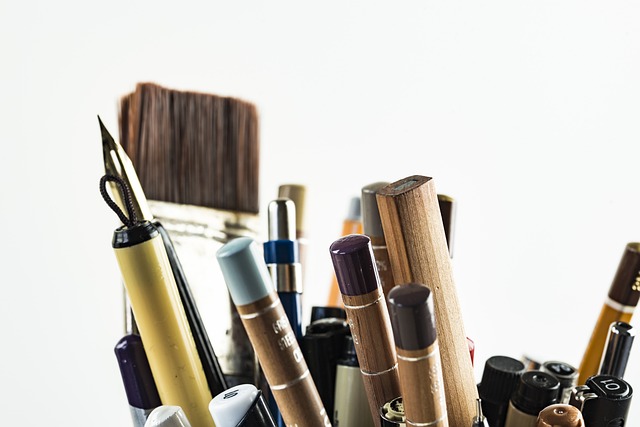Exploring the Intersection of Fine Arts and Culture in Art Education
Art education serves as a vibrant tapestry, weaving together the threads of fine arts and culture to foster creativity, self-expression, and critical thinking. In our rapidly changing world, the importance of integrating cultural context within art education has never been more crucial. This intersection not only enriches the learning experience but also cultivates a deeper appreciation for diversity and creativity in students.
Fine Arts as a Foundation
The realm of fine arts encompasses various disciplines, from painting and sculpture to music and performance art. Each form of fine art carries its own language, a unique means through which individuals express their thoughts, feelings, and identities. By immersing students in fine arts during their education, we allow them to explore various mediums and techniques, enabling personal growth and artistic mastery.
Moreover, art education through fine arts encourages experimentation. Students learn to take risks, embracing the possibility of failure as a pathway to innovation. This creative process not only cultivates technical skills but also instills confidence and resilience, qualities essential in both artistic and life pursuits.
Culture as a Catalyst
Culture plays a pivotal role in the way we perceive and create art. Each community and society possesses its own stories, traditions, and values that are beautifully reflected in its artistic expressions. When students engage with diverse cultural perspectives in their art education, they are invited to question, connect, and appreciate the myriad experiences that shape our world.
Incorporating cultural context into art education allows students to see the relevance and influence of art beyond the confines of traditional aesthetics. For instance, exploring folk art from various cultures can cultivate a sense of respect for cultural heritage, while contemporary art movements can spark discussions about social issues and global challenges.
The Harmonious Blend of Art, Culture, and Education
The integration of fine arts and cultural studies creates a rich environment for students to thrive. Art education that values cultural influences provides a comprehensive understanding of historical and contemporary art movements, fostering an appreciation for different artistic expressions. As students navigate this space, they develop a more profound sense of identity, empathy, and social awareness.
Educators play a crucial role in facilitating this integration. By curating inclusive curriculums that reflect a wide spectrum of artistic voices, teachers can guide students toward discovering their own artistic identities in relation to the world around them. Workshops, community projects, and collaborative installations can further bridge the gap between fine arts and culture, providing students with real-world applications of their learning.
Ultimately, the intersection of fine arts and culture in art education is an ongoing dialogue—one that encourages students to become not just artists, but also informed citizens of the world. By embracing this dialogue, we nourish creativity, foster understanding, and empower the next generation to inspire change through their art.




